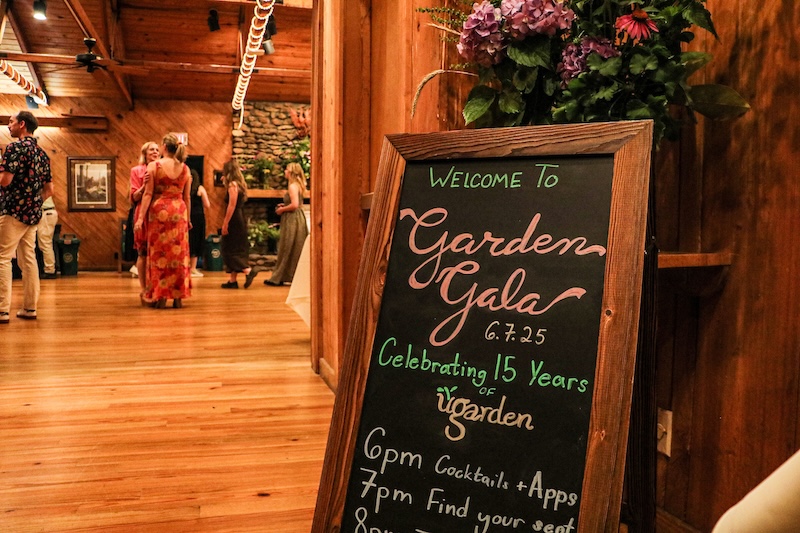The bright red of poinsettias is a traditional part of the holiday season. But poinsettia flowers are actually yellow. Remembering that can help you pick the best poinsettias to buy, says a University of Georgia expert.
The bracts of a poinsettia are often mistaken for the flowers. "The flowers aren't the color," said Ron Oetting, an entomologist with the UGA College of Agricultural and Environmental Sciences.
Request the high-res
image. |
| POINSETTIA FLOWERS aren't what they appear. These tiny yellow flowers in the middle of each bract are the flowers of the plant. The red, or other-colored, bracts are leaf-like structures below the flowers. |
The flowers, Oetting said, are bright yellow. But they're so tiny they get lost in the center of each of the bright red bracts.
The bract is a leaflike part of the plant below the flower or flower cluster. In most plants, the flowers are brightly colored and the bracts green.
As insignificant as they are, the flowers still hold a key to selecting a healthy holiday poinsettia, Oetting said.
"Pick a plant that hasn't flowered yet," he said. "And remember, the flowers are the small yellow blooms." If most of the tiny blooms haven't opened, the plant is still early in its holiday flowering cycle.
"You also want to select a plant that hasn't turned completely red," Oetting said. "You want it to look vibrant throughout the holidays."
Oetting has other tips for getting healthy poinsettias. "Check the number of bracts," he said. "A good selection would be a plant with six to seven bracts."
Check the plant's foliage, too. "Search for a plant with dark green foliage and a stiff stem," he said. "A good-sized, full plant with five or more branches should be an excellent selection."
Be sure to check the base of the plant for hidden bonuses. Sometimes a pot will actually contain two plants.
Oetting also advises consumers to make sure they aren't bringing home hitchhikers with their holiday plant.
"Silverleaf whiteflies have been major pests of poinsettias since the late 1980s," he said. "They inhabit the underside of the leaves and suck the juices and sap from the plant."
| Request
the high-res image: please include size, res and format  R. Oetting, UGA CAES |
| WHITEFLIES may hitch a ride into your home on holiday poinsettias. Check your plants carefully for signs of the insects -- sticky leaves and honeydew drops -- and select another plant if you find these clues. |
Evidence of whiteflies is obvious, he said. When they excrete the plant's juices, they drop a "honeydew" onto the leaves below.
"If the plant has sticky leaves and you see dots on the undersides of the leaves, don't buy it," he said. The scale-looking dots are whitefly nymphs.
Oetting should know the signs of whiteflies. The UGA researcher is working closely with greenhouse growers to find solutions to the problems greenhouse pests cause.
He is studying the effects of pesticides, soaps, oils, plant derivatives, insect growth regulators and biological and microbial controls in the fight against whiteflies.
Adult whiteflies look, naturally, like tiny white flies. "When you shake the plant," Oetting said, "it looks like smoke going up when the whiteflies fly out. Unfortunately, chemical management with pesticides is still the most effective means of fighting whiteflies."







